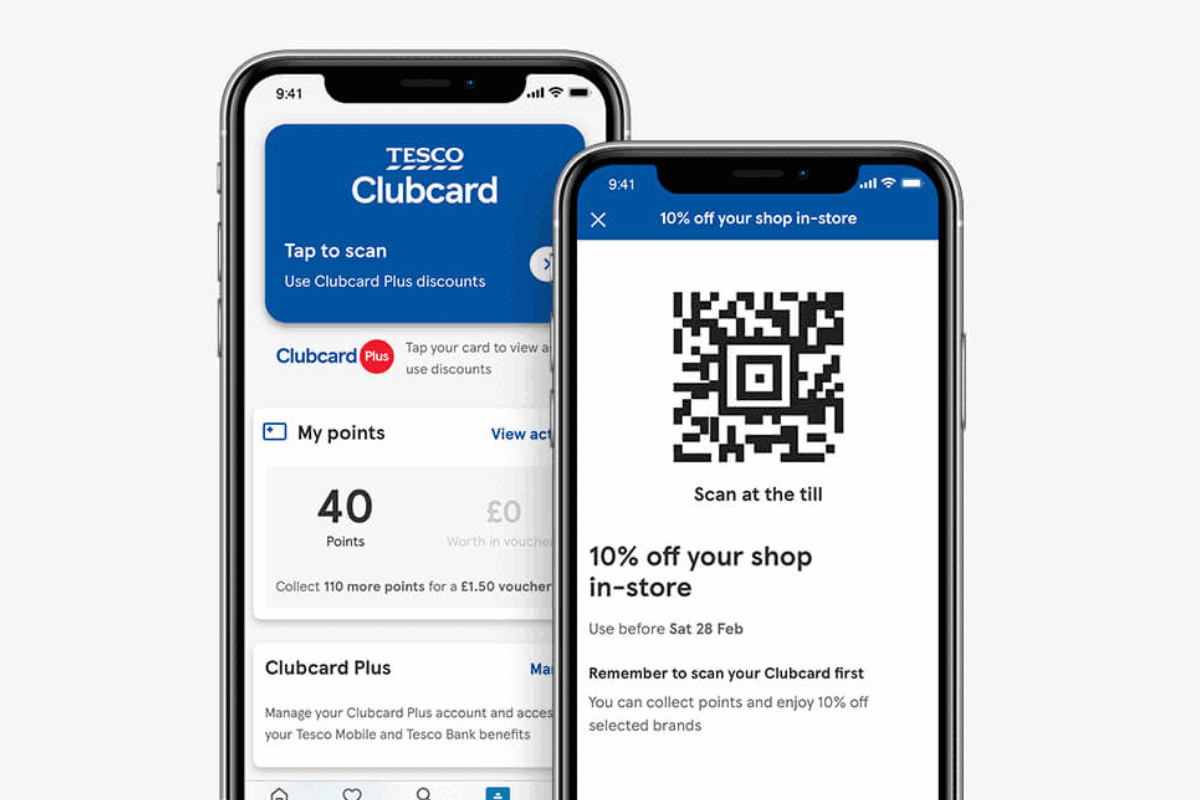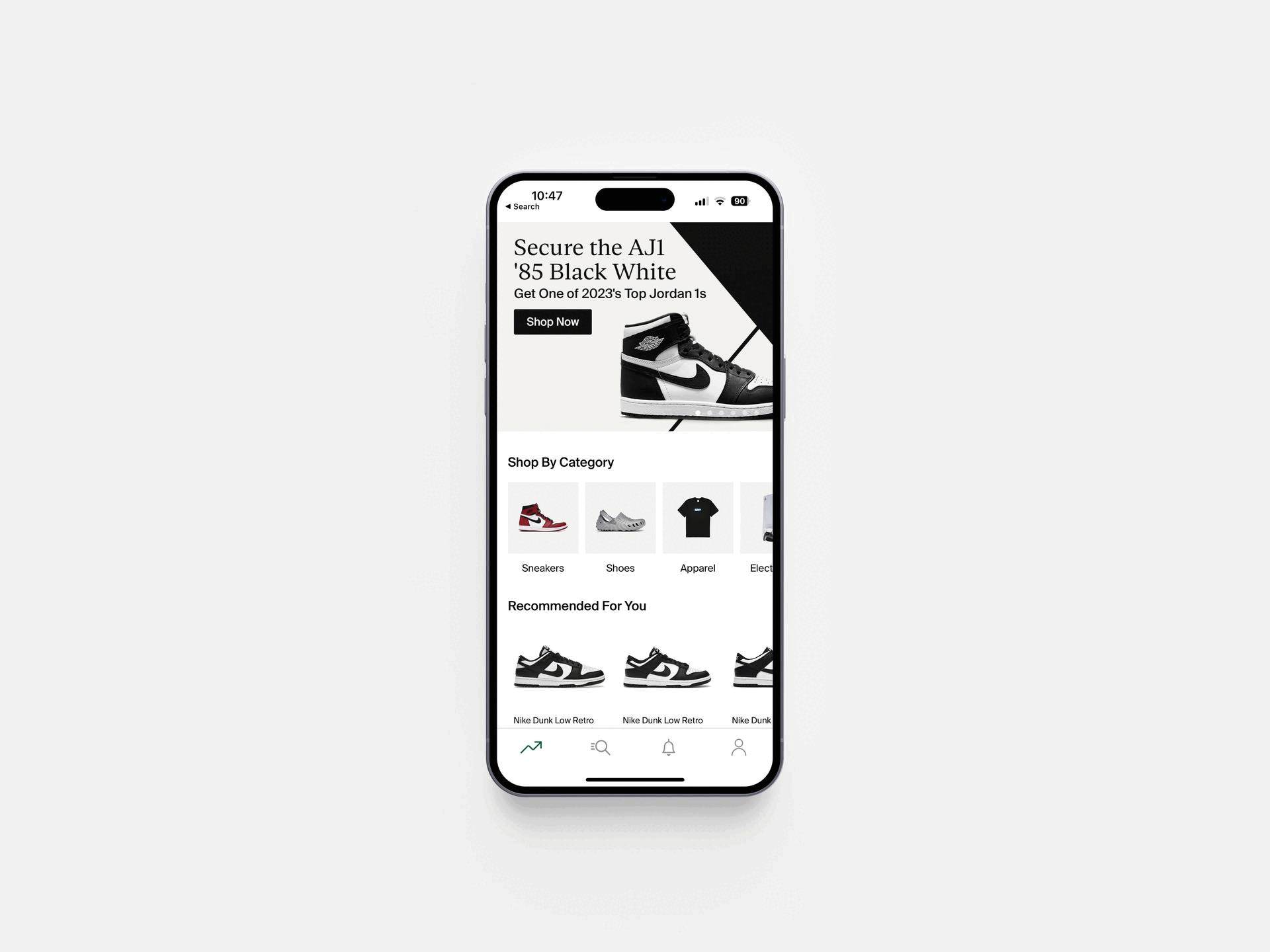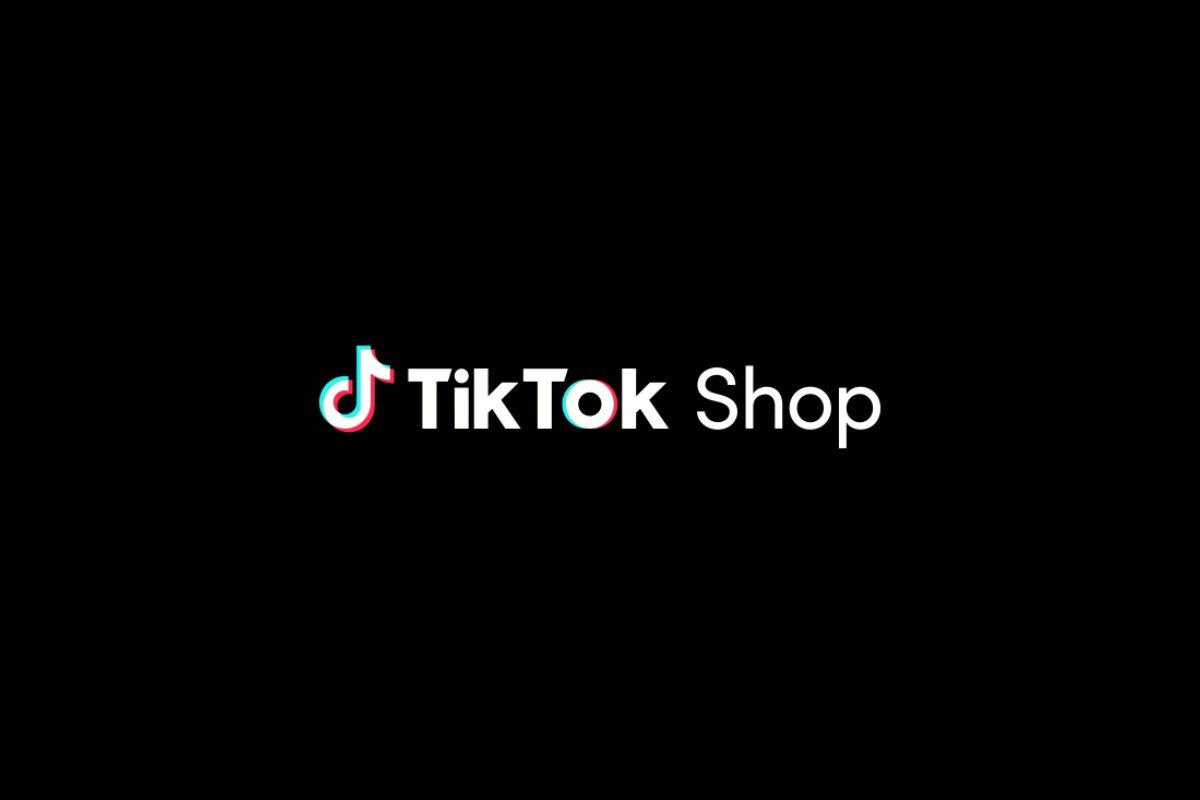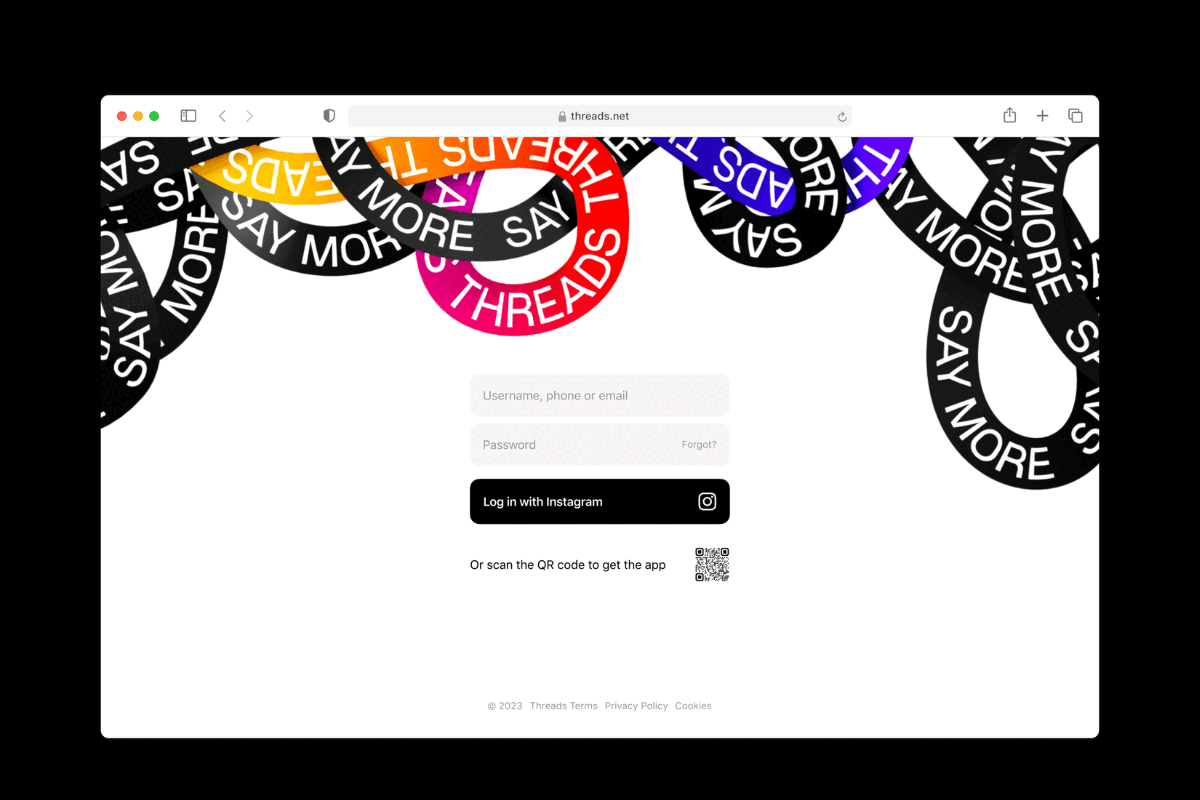Increase app rentention with push notifcations
- Tuesday, February 12th, 2019
- Share this article:
In this article, the Kumulos team take a look at some very simple things you can do to increase mobile app retention with push notifications.
 Before we start, let’s be absolutely clear what we are talking about…
Before we start, let’s be absolutely clear what we are talking about…
What is retention?
There are a number of different ways of measuring retention. For the purposes of this article, we’re going to focus on Snapshot Retention, which shows how well an app is retaining users in the period immediately after they download it. In other words, how many users actually use the app in the days after they installed it. Typically expressed as a percentage and shown as a table, retention answers the question ‘What percentage of new users are still actively using the app after seven days or 30 days?’ etc.
While the overall percentage is important, analytics tools such as Kumulos also then allow you to drill down and see how retention varies between different groups of users (called cohorts) such as country or platform, which can highlight actions to take to improve. For example: if seven day retention is higher on iOS than Android, then you should check you don’t have any crashes on Android and that the onboarding flow is as straight-forward as in your iOS app.
Why is retention important?
Every mobile app is built for a specific purpose. Whether a loyalty app (to increase sales), an mHealth app (to increase adherence to prescribed medication) or a utility provider app (to increase digital engagement over contacting the call centre), every mobile app was conceived and exists for a specific goal. However, no matter what problem your mobile app is trying to solve, it will only be successful in doing so if it has an active audience who are engaged with the app. So before you can think about engagement campaigns and conversion, you must first build that audience.
Building an audience requires two things – new user acquisition (downloads) and retention. Now, everyone knows that acquiring new users is hard – there is an entire ecosystem of product and service companies dedicated to helping target users find and download your app. No surprise then that this is where most of the effort and budget is spent. However, retention is equally important and just as difficult. Why spend all that time and money acquiring new users only to neglect them once they have downloaded and installed the app and have to start all over again?
So retention is absolutely critical if a mobile app is to deliver a Return on Investment (ROI).
What does good look like?
Unfortunately, there is no magic number that retention should be although obviously the higher the better. Different apps will have different usage patterns depending on their purpose and this will not only impact retention at different periods, but determine what period you should choose to measure retention against. For an enterprise mobility app that employees use to submit weekly expenses, 7-day, 14-day and 30-day retention will be far more relevant than 1-day, 3-day and 5-day for example.
In addition, retention will be impacted by the quality (relevance) of the new users (think leads) that you acquire (which is in turn impacted by how and where you acquire them – another reason why looking at retention across different cohorts is important – but that’s another topic).
As a typical rule of thumb though, 30 per cent retention at 30 days would be considered good, subject to all of the health warnings above.
Let’s talk money
What cannot be disputed though is that it costs more, a lot more, as much as 700 per cent more to acquire new users than it does to retain existing users. Yet, Bain and Company estimate that just a 5 per cent increase in retention, can result in anything between a 5 per cent to 95 per cent increase in ROI. As your job as a mobile app developer is to deliver the best possible outcome for your clients, while working within their budget constraints, it comes down to simple economics – retaining users costs less and is more effective than acquiring new users.
The good news is that there are some very simple things you can do to increase retention with push notifications and retain more of those hard won users for longer.
Increase retention with push notifications
To increase retention with push notifications you need to:
Be proactive – use your retention data to time push campaigns just before users typically drop off
Be attentive – if a user falls out of the onboarding flow, use a push notification to draw them back in
Be persistent – don’t be afraid to remind users they have the app installed
Be smart – target different audience segments with content relevant to them
Be proactive
The first way to increase retention with push notifications is to proactively use your retention data to your advantage. Like jokes, when it comes to push notifications, timing is everything. Your retention table will show you when the major drop offs occur. Don’t be disheartened, you now know exactly when users could benefit from a little nudge or reminder to keep using your app and therefore when a push notification will be most effective.
Setup an automated Push Notification campaign triggered when a user first opens the app with actions to send push notifications that fire on the days when the user is most at risk of dropping off.
Increase retention with push notifications – onboarding campaign
If done correctly, this will change, if not eliminate the drop-offs so it is important to continually snapshot retention and adjust the timing of your push notification campaigns accordingly.
Be attentive
Whether opening a mobile app or going on a date, we all know the importance of making a good first impression. As such, UI/UX spend a lot of time on the onboarding flow, which is the right thing to do. However, the real world has an annoying habit of getting in the way. Don’t assume that your onboarding flow will necessarily work for everyone. Users can also get interrupted and might not get round to coming back.
So, setup a funnel to measure how many new users convert through the onboarding process. If you observe a significant drop-off at a particular step, then of course you should review this step and your onboarding flow. However, that will take time (and any improvement will only impact new users who download the updated app). What about the users who have already downloaded the app, but not yet completed the onboarding flow? Well, setup an automated push campaign to target those who drop-off (fail to convert to the next step) within a sensible timeframe.
A gentle reminder to go back and complete that thing we were doing before we got interrupted can be highly effective (and appreciated).
Be persistent (within reason)
All users who downloaded, installed and then opened your app did so because they were motivated to do it. They thought the app would help them with a specific purpose or solve a specific problem and indeed it probably did for a period of time. However, just like the seasons, user behaviour changes and an app that was recently a vital part of someone’s daily routine can find itself unused.
However, their original motivation for downloading the app will likely still be there, so before you consider these users to have churned, create a segment to target users who have not opened the app recently to try and entice them back in. How long to leave it will very much depend on the expected usage pattern of the app. However, obviously, the longer you leave it, the less successful it is likely to be.
Success rates of campaigns such as this may be low and may lead to some uninstalls as some users’ circumstances will have changed and they may no longer need the app for the purpose it was intended. However, every user retained is one less new user you need to acquire and given the relative cost of running such a campaign this is a very worthwhile thing to do.
Be smart
When building your app, you will have considered the personas of the different users you hope will use your app and designed a different user experience relevant and appropriate for each. So, why would you not do the same when sending a push notification campaign?
If you have instrumented your app with custom event analytics and associated attributes with the users of your app then you know exactly which persona a user fits and what they have done within your app. You can use all of this to create different audience segments and send each content that is appropriate and relevant to them.
You can also give users a say on what content you send them by subscribing them to the different content channels they opt-in to receive.
Whatever approach you take to increase retention with push notifications, remember one-size doesn’t fit all and targeted, personalized content will always out-perform generic, catch-all messages.
If you want to implement the approaches discussed above in your mobile app, the multi-award-winning Kumulos platform contains all the tools you need to measure and increase retention with push notifications.
Request a Demo or signup for a Free 30 Day Trial.
















